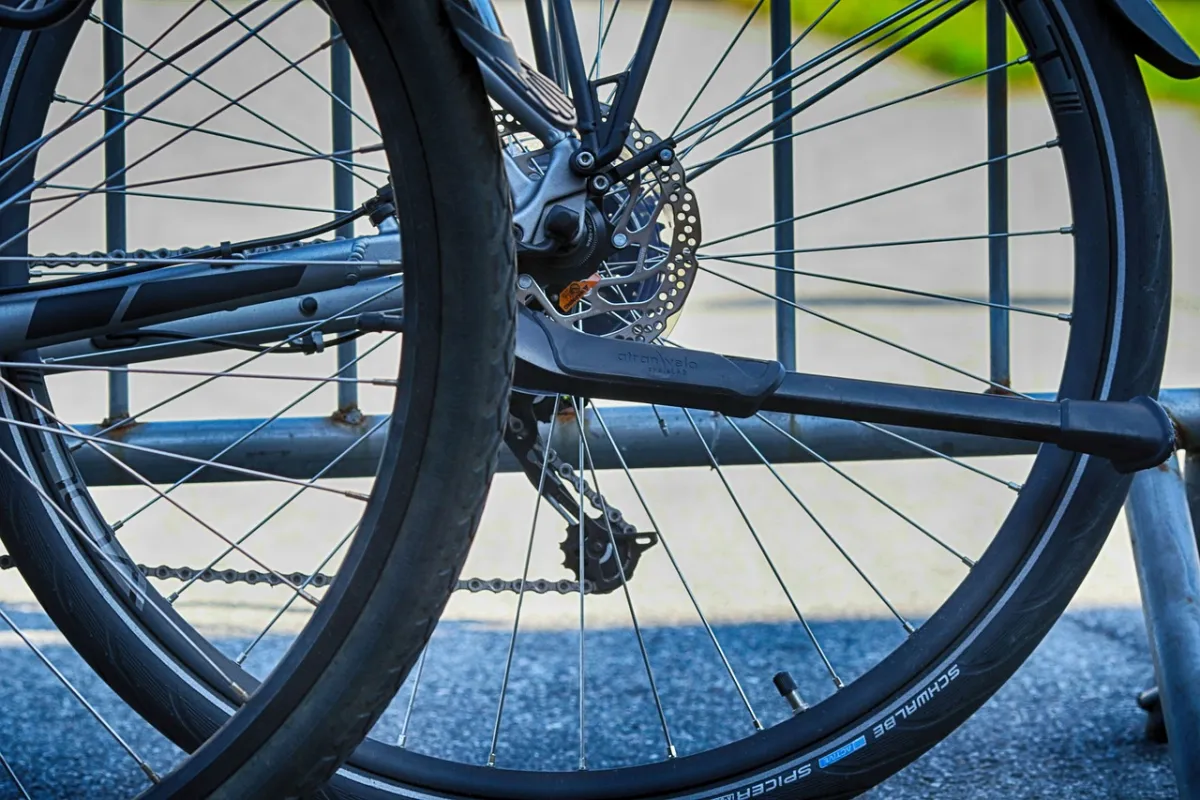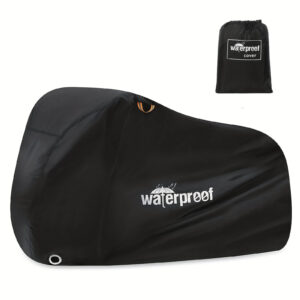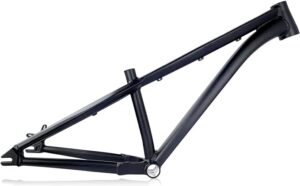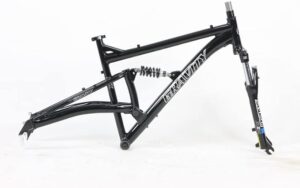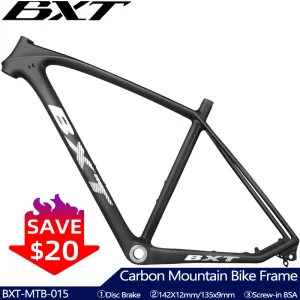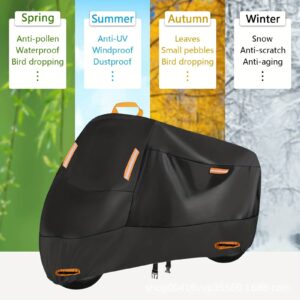Bike wheels are more than just round objects that keep you rolling. They are crucial components that significantly affect the performance, comfort, and safety of your ride. Whether you are a seasoned cyclist or a beginner, understanding the intricacies of bike wheels can help you make informed decisions and enhance your overall cycling experience.
The Anatomy of a Bike Wheel
Bike wheels are composed of several key components: the rim, spokes, hub, and tire. Each part plays a vital role in the wheel’s functionality and performance.
Rim: The rim is the outer part of the wheel that holds the tire. Rims are usually made from aluminum or carbon fiber. Aluminum rims are durable and affordable, making them popular among recreational cyclists. Carbon fiber rims, on the other hand, are lighter and stiffer, providing better performance but at a higher cost.
Spokes: Spokes connect the rim to the hub and are essential for maintaining the wheel’s shape and strength. The number of spokes can vary, with more spokes generally providing greater strength and fewer spokes reducing weight for better aerodynamics.
Hub: The hub is the central part of the wheel that houses the axle and bearings. It is crucial for smooth rotation. High-quality hubs with sealed bearings offer better durability and performance, especially in harsh conditions.
Tire: Tires provide the interface between the bike and the road. They come in various types, including clincher, tubular, and tubeless, each offering different levels of performance, puncture resistance, and ease of maintenance.
Types of Bike Wheels
There are different types of bike wheels designed for various cycling disciplines. Here are some of the most common types:
Road Bike Wheels: Road bike wheels are designed for speed and efficiency on paved surfaces. They are typically lightweight with narrow rims and tires to reduce rolling resistance. High-end road bike wheels often use carbon fiber rims for increased performance.
Mountain Bike Wheels: Mountain bike wheels are built to handle rough and uneven terrain. They are generally wider and more robust than road bike wheels, with thicker tires for better traction and shock absorption. Mountain bike wheels also come in different sizes, including 26-inch, 27.5-inch, and 29-inch, each offering different handling characteristics.
Hybrid Bike Wheels: Hybrid bike wheels combine features of both road and mountain bike wheels. They offer a balance between speed and durability, making them suitable for both paved roads and light off-road trails. Hybrid wheels typically use medium-width tires for versatility.
Cyclocross Wheels: Cyclocross wheels are designed for cyclocross racing, which involves a mix of on-road and off-road cycling. These wheels are similar to road bike wheels but are more robust to handle the varied terrain. They often use tubeless tires to reduce the risk of flats and improve traction.
Choosing the Right Bike Wheels
Selecting the right bike wheels depends on your cycling needs and preferences. Here are some factors to consider:
Riding Style: Your riding style is a significant factor in choosing bike wheels. If you ride primarily on roads, lightweight and aerodynamic road bike wheels will enhance your speed and efficiency. For off-road adventures, robust mountain bike wheels with excellent traction are essential.
Wheel Size: The size of the wheel affects the bike’s handling and performance. Larger wheels, such as 29-inch mountain bike wheels, offer better rollover capabilities and stability, while smaller wheels, like 26-inch, provide quicker acceleration and agility.
Material: The material of the rim influences the wheel’s weight, strength, and performance. Aluminum rims are cost-effective and durable, while carbon fiber rims offer superior performance and weight savings at a higher price.
Tire Type: The type of tire you use can impact your ride quality and maintenance. Clincher tires are easy to install and repair, tubular tires offer better performance but are harder to fix, and tubeless tires provide excellent puncture resistance and lower rolling resistance.
Budget: Your budget will also play a role in your choice. While high-end wheels made from advanced materials offer superior performance, there are many affordable options that provide excellent value and durability.
Maintenance Tips for Bike Wheels
Proper maintenance is crucial to ensure the longevity and performance of your bike wheels. Here are some essential maintenance tips:
Regular Cleaning: Keep your wheels clean by washing them with mild soap and water. Avoid using high-pressure water, as it can damage the bearings.
Check for Wear and Tear: Inspect your wheels regularly for signs of wear and tear, such as cracks in the rim, loose spokes, or worn-out bearings. Address any issues promptly to prevent further damage.
Tire Pressure: Maintain the recommended tire pressure for your wheels. Under-inflated tires can cause poor handling and increased wear, while over-inflated tires can lead to a harsh ride and increased risk of punctures.
True Your Wheels: Ensure that your wheels are true (straight) by checking for any wobbling or side-to-side movement. Truing your wheels involves adjusting the spoke tension to keep the rim straight and balanced.
Lubricate the Bearings: Keep the hub bearings lubricated to ensure smooth rotation. Use a high-quality bike-specific lubricant and avoid over-lubrication, which can attract dirt and debris.
Bike wheels are a fundamental component of your bicycle, significantly influencing your ride’s performance and comfort. Understanding the different types of wheels, their components, and how to choose the right ones for your needs can enhance your cycling experience. Regular maintenance and care will ensure that your wheels remain in optimal condition, providing you with a smooth and enjoyable ride for years to come.

